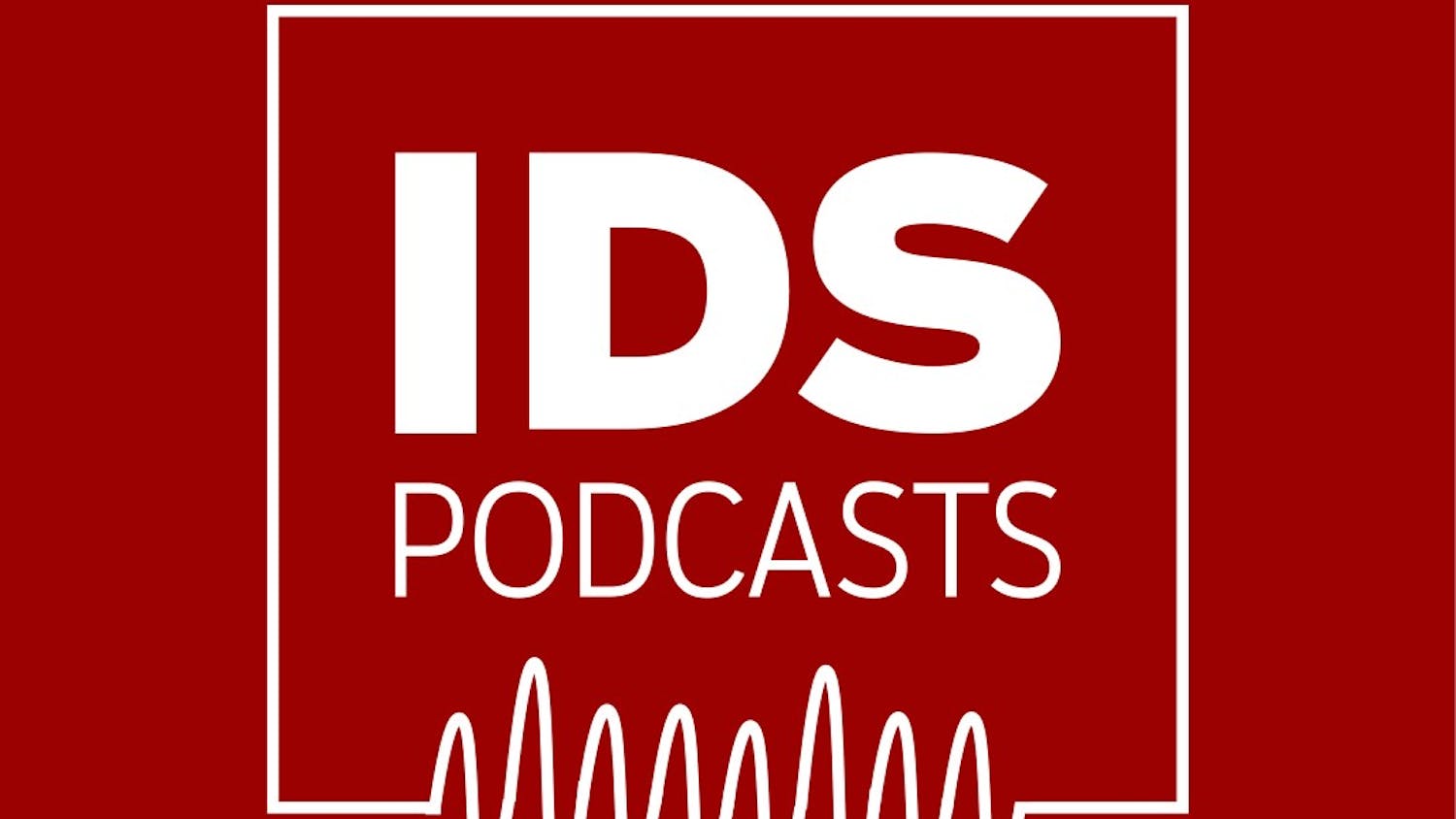A new law revamping the state’s criminal code for felony classifications could cause stress on local community jails in an attempt to alleviate prison overcrowding.
Gov. Mike Pence signed House Enrolled Act 1006 in March. It will take effect July 1 of this year.
Level 6 felons with less than 90 days actual time served will be diverted back to the community. That number will change to one year starting July 1, 2015.
“Indiana should be the worst place in America to commit a serious crime and the best place, once you’ve done your time, to get a second chance,” Pence said in a press release.
“The legislation that I sign today will reform and strengthen Indiana’s criminal code by focusing resources on the most serious offenses, and the related legislation will give a second chance to those who strive to re-enter society and become productive, law-abiding citizens.”
Indiana ranked among the 10 states with the greatest imprisonment rate increases in the last five years, according to a recent survey by PEW Charitable Trusts. Indiana showed a 9-percent decrease in crime rate with a 3-percent increase in prison population for 2012 imprisonment rates.
Linda Brady, Monroe County chief probation officer, said there has not been a community discussion between the circuit court judges, the prosecutor’s office and community corrections, but judges and probation officers are currently receiving training in light of the new changes in Indiana criminal law taking effect in July.
“There’s really no way to know what to expect til it happens,” Brady said, referring to the possible increase in low-level felons being diverted back to the community.
American Institutes for Research released a local fiscal impact assessment of HEA 1006 in January drawing on data from the Indiana Judicial Center and Indiana Risk Assessment Systems.
Based on data from 20,036 offenders sentenced to prison from July 1, 2012, to June 30, 2013, the analysis projected that Monroe County would retain 177 criminal offenders.
“There’s no question about that,” said Doug Garrison, Indiana Department of Correction chief communications officer, referring to the potential stress local jails could face.
The earliest any money can be allocated to community corrections will be July 2015, after the next legislative session, which will address the state budget, Brady said.
“The concern across the state is that the legislators provide appropriate funds for the offenders who will be now supervised in the community,” she said.
Garrison said he anticipated the new provision in HEA 1006 to save the state money by avoiding the construction of new state prisons.
Brady said she did not know if the new law would save the state money, but if it does, there are provisions in Indiana law that allow for the IDOC to write grants to community corrections and probation offices of up to $11 million.
Law could alleviate prison overcrowding
Get stories like this in your inbox
Subscribe



